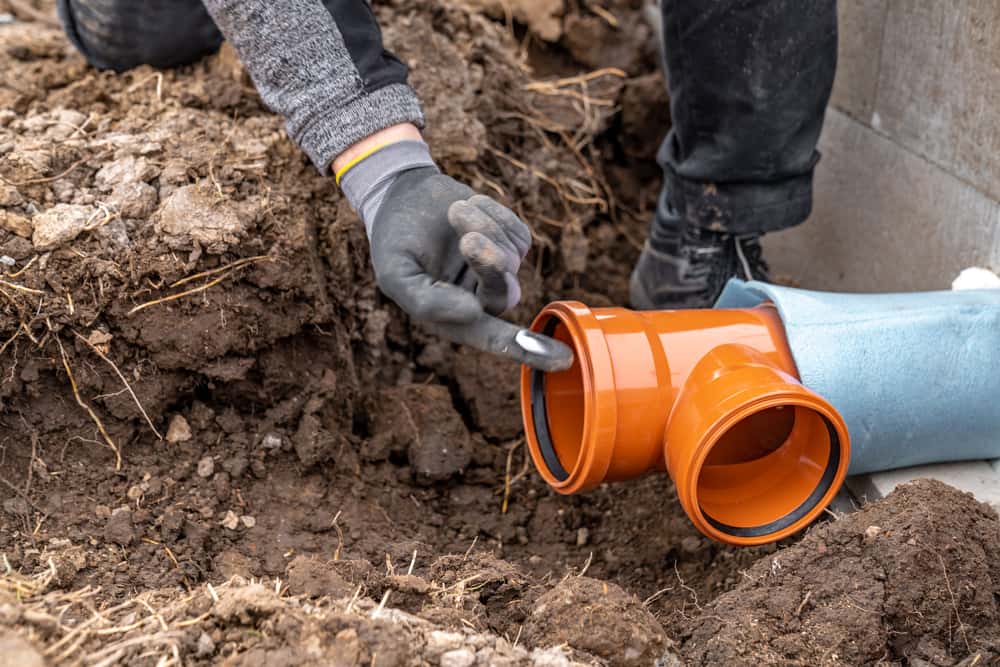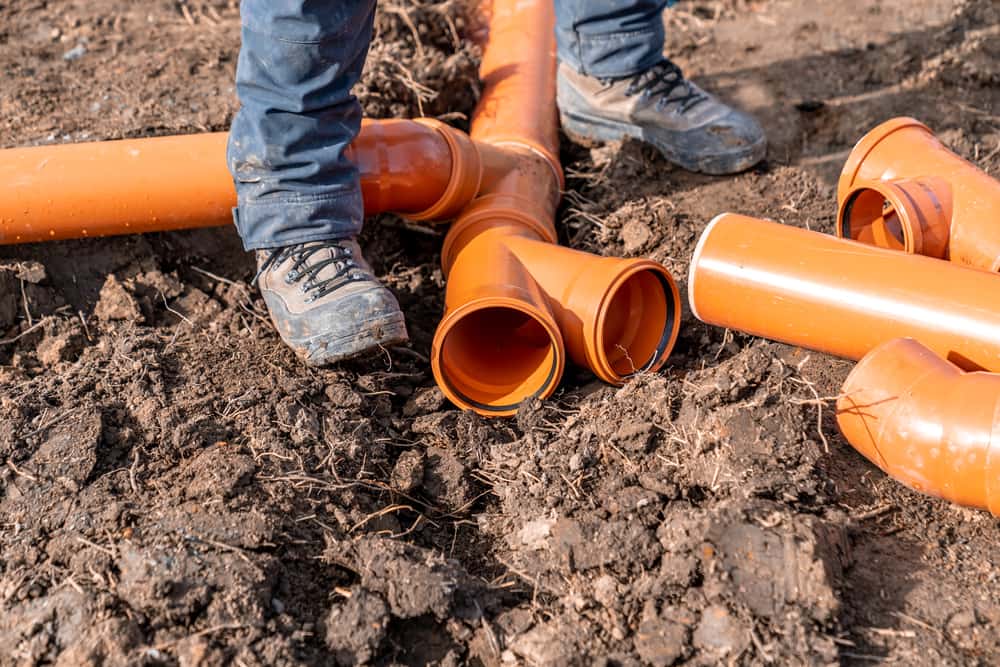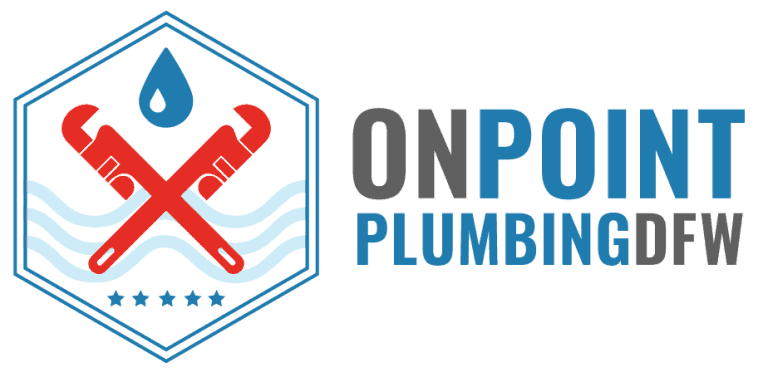
Sewer line issues can cause significant stress for homeowners. Whether it’s a broken sewer line or general wear and tear, repairs are often unavoidable. In the past, fixing a sewer line meant digging up large portions of your yard, creating a mess and adding hefty repair costs. Fortunately, technological advancements now offer an alternative: trenchless sewer line repair. This method has become popular due to its minimal disruption and efficiency. But how do you know when to choose it over traditional methods? In this blog, we’ll break down the benefits of trenchless technology and when it’s the best option for your home.
Understanding Traditional Sewer Line Repair
Before diving into the trenchless sewer line repair option, it’s essential to understand what traditional sewer line repair methods involve. Traditional repairs require excavating the area around the broken sewer line, which means digging a trench extending from the sidewalk to your home’s foundation. This method can be highly invasive, tearing up lawns, driveways, and sometimes even the street. After the repair, additional costs arise from restoring the landscaping or any other areas affected.
Traditional sewer line repair methods are usually recommended by our Bedford plumbing professionals when the damage is extensive or the piping material can no longer be repaired with modern techniques. However, these methods are time-consuming and can disrupt daily activities for days or even weeks.
What Is Trenchless Sewer Line Repair?
Trenchless sewer line repair is a more modern approach that eliminates the need for excessive digging. As the name suggests, this method doesn’t require large trenches, making it less invasive and quicker. It involves two primary techniques:
- Pipe Lining: This method inserts a flexible tube coated with resin into the damaged sewer line. The tube is inflated, and as the resin hardens, it forms a new pipe inside the old one. This method is highly effective for repairing a broken sewer line without digging.
- Pipe Bursting: This technique is used when the existing pipe is severely damaged. A new pipe is pulled through the old one, breaking the old one apart while replacing it with a new, stronger one.
Both techniques allow homeowners to avoid extensive digging, making trenchless sewer line repair faster and less disruptive than traditional methods.
When to Choose Trenchless Over Traditional

Not every situation calls for trenchless sewer line repair, so how do you know if it’s the right choice for you? Below are a few scenarios where trenchless might be the better option:
- Minimal Surface Damage: If you want to avoid the hassle of restoring your lawn or driveway after sewer line repairs, trenchless technology is an ideal solution. Your property remains largely undisturbed, as this method only requires a few small entry and exit points.
- Time-Sensitive Repairs: If you’re looking for a quick solution, trenchless sewer line repair is much faster than traditional methods. While traditional repairs can take weeks, trenchless repairs often only take a day or two, minimizing disruption to your routine.
- Cost Efficiency: While trenchless technology may seem expensive upfront, you’ll likely save money in the long run. The reduced need for extensive labor, landscaping repairs, and potential complications make it a more cost-effective option in many cases.
- Durability of Repairs: The materials used in trenchless sewer line repair are highly durable and can last for decades. In contrast, traditional sewer line repair methods might require more frequent maintenance over time, leading to additional costs.
- Sewer Camera Inspection: Before diving into any repairs, a sewer camera inspection can help pinpoint the exact issue within your sewer line. This allows us to assess whether trenchless technology is suitable for your specific problem, ensuring a precise and tailored approach to the repair.
- Environmentally Friendly: Since trenchless repair doesn’t require significant excavation, it reduces the environmental impact by preserving the surrounding landscape and minimizing waste.
When Traditional Sewer Line Repair Might Be Better
While trenchless sewer line repair has clear benefits, there are situations where traditional methods are necessary. For instance, if your sewer line has completely collapsed or if the pipes are made from outdated materials like clay or Orangeburg, trenchless methods might not be possible. Traditional digging may be required to replace the sewer line in these cases completely.
Additionally, if tree roots have extensively damaged the pipes, traditional excavation may provide better access for a full replacement. It’s essential to consult with a professional to assess the condition of your broken sewer line before making a decision.
Choose On Point Plumbing DFW for Expert Sewer Line Repairs
When dealing with a broken sewer line, choosing between trenchless and traditional sewer line repair methods is crucial. Each has its advantages, depending on the situation. However, trenchless sewer line repair is often the better choice if you’re looking for a less invasive, quicker, and more cost-effective option.
At On Point Plumbing DFW, we specialize in trenchless and traditional sewer line repair techniques. Our experienced team will guide you through the best option for your home, ensuring reliable and lasting repairs. Contact Us today to schedule an inspection and learn more about how We can help!
